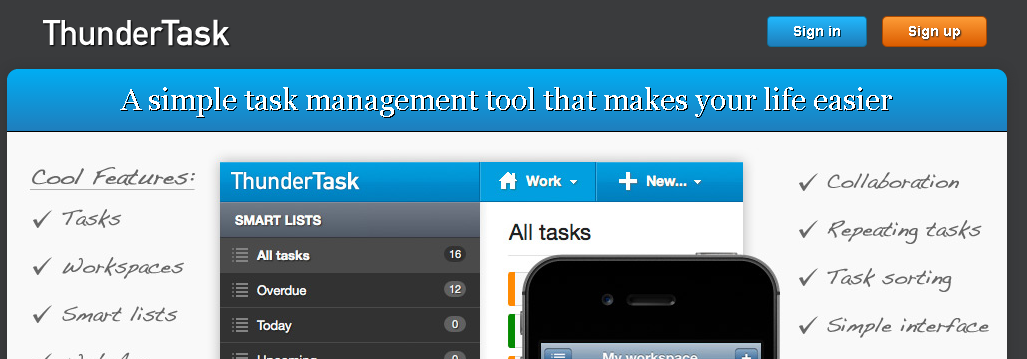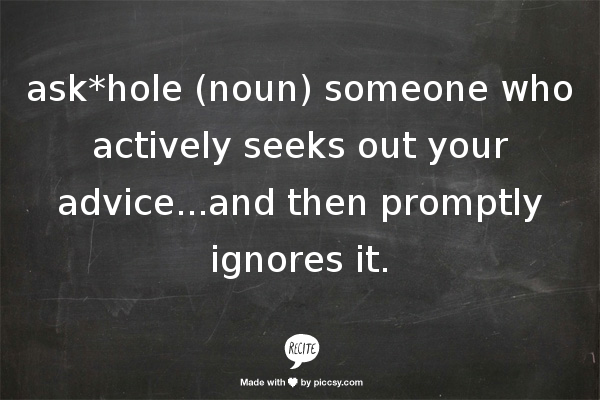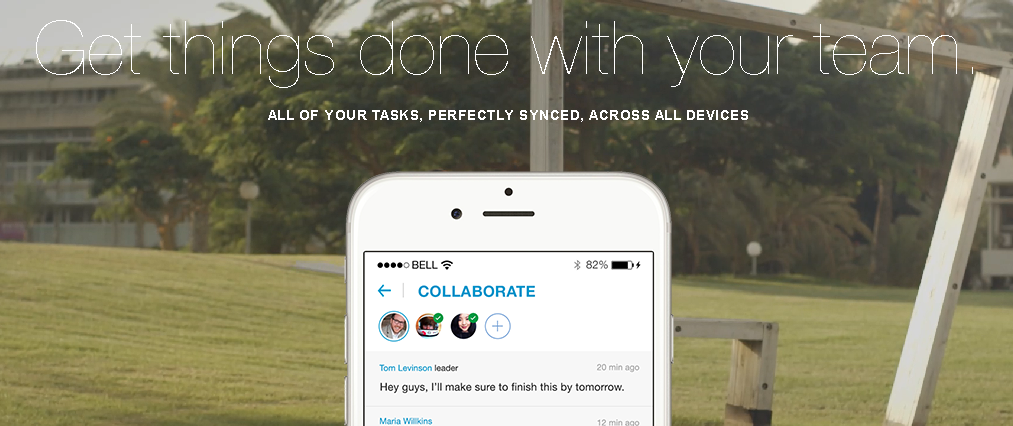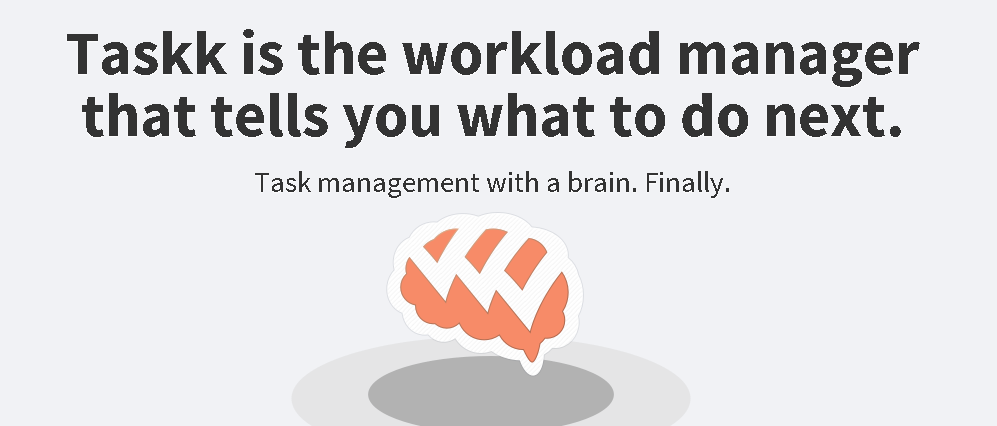Review: Teambox

I’d checked out Teambox a while ago and was intrigued but not quite impressed – I just decided to take another look at them a few weeks ago and I really like some of the changes they’ve made to make it an easier to use, more streamlined experience. In fact, I’m now using Teambox as my main project management tool.
Strong points:
- Teambox is one of the only full featured project management tools (up there with Siasto) where you can semi-customize the appearance of the user interface. We all know I’m a big design geek so this is important to me!
- Calendar view with tasks laid out on it (though no option to view by week instead of month – that would be a nice addition; it’d also be great if it was color coded by project/organization)
- Time tracking & Gantt charts (not something I use – I love Harvest for my time-tracking – but nice additions nonetheless)
- Conversations & group chat functions
- Task list templates
- You can view task lists in a column view with drag & drop flexibility – great option for people who like Kanban style tools but want something more full-featured than most of the available Kanban style tools out there
- Fairly easy Google documents & Google calendar integration
- Mobile apps for iPhone & iPad available (haven’t tested the iPad app, but the iPhone app is very easy to use)
- One of its strongest points is the ability to go from a high-level overview (with the organizations view) to a really granular view (task lists within projects).
- Because of the organizations function, Teambox would be a great tool for businesses doing agency-style work – where you need different team members working on different projects/with different business clients.
Weak points:
- The Google docs integration is a little clunky – you have to attach the document to a comment on a particular task, and then if you want to see that particular document in the cloud (as opposed to downloading it – after all, that’s the whole point of Gdocs), you have to navigate back to that task/comment/attachment to view it online.
- I wish the UI was a bit more customizable – more background choices (black damask, anyone?) or the ability to color code things/choose a color scheme would be fantastic.
- No recurring tasks – but this is due to be added before the end of the year. This would be a dealbreaker for me if it wasn’t due to be added so soon, so I can only hope that the previously stated timeline is accurate!
- No way to star tasks or set specific tasks as higher priority than others.
- The way the pricing is set up ($25/month/organization), it could get pricey – but the free plans are fairly extensive (five projects, a gigabyte of storage, five users).
- Something I didn’t note in the video, because I hadn’t been using Teambox regularly at that point, is that if you have projects or task lists that are named the same (say, “General” or “Ongoing/Maintenance” or “Administrative”), it can be kind of a pain in the ass to add tasks from the quick-add function, because it doesn’t show you what organization you’re adding it to, just the project/task list names. This is also a problem with the iPhone app.
Why I switched to Teambox
You might remember from a while ago that I had been using Rule.fm for my project management. After rediscovering Teambox & giving it a go, I decided to switch to Teambox for two main reasons:
- I wasn’t using a lot of features inside Rule – I’m not sure if that would have changed if I had stuck with it (I’m working on some internal changes that will affect how I use project management tools, more on that soon), but as is, I was essentially using Rule for the color coded calendar view, and not using the CRM, wiki, or conversation features. The conversation/chat features are probably something I’ll be using inside of Teambox in the future, but I don’t really need the CRM or wiki functionality, so Rule was starting to feel like not a great fit.
- Integration with tools I already use. The wiki features inside Rule.fm are really cool (and I think they’d be fantastic for creating multimedia, internal operations manuals) but Google docs is really where the majority of my needs-to-be-shared information is stored, so integration with that – even if it could be improved upon – is really useful. Also, I haven’t tested it out yet, but Zapier promises integration between Teambox & Evernote – which, if it worked out well, would be fantastic. (Probably going to be digging more into Zapier & reviewing it or featuring it in a tool roundup soon; stay tuned.)
In other words, it pretty much came down to the features I actually used – Teambox has more of those than Rule does. I wound up putting off switching everything into Teambox for about a week and a half but once I got down to it, it only took about 30-60 minutes, and so far, Teambox works really well with my workflow. (I do wish it had a prioritizing function – that and recurring tasks would make it pretty much perfect, barring my UI nitpicks.)
So there’s your latest review + behind the scenes update – any questions about Teambox or why I switched? Let me know!







